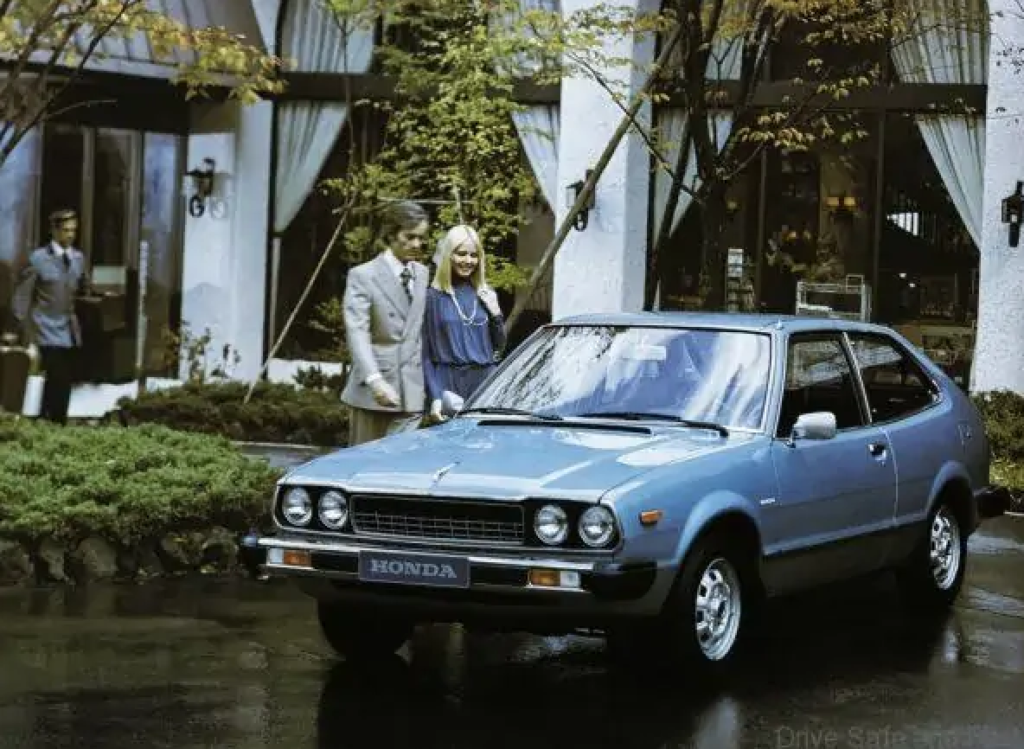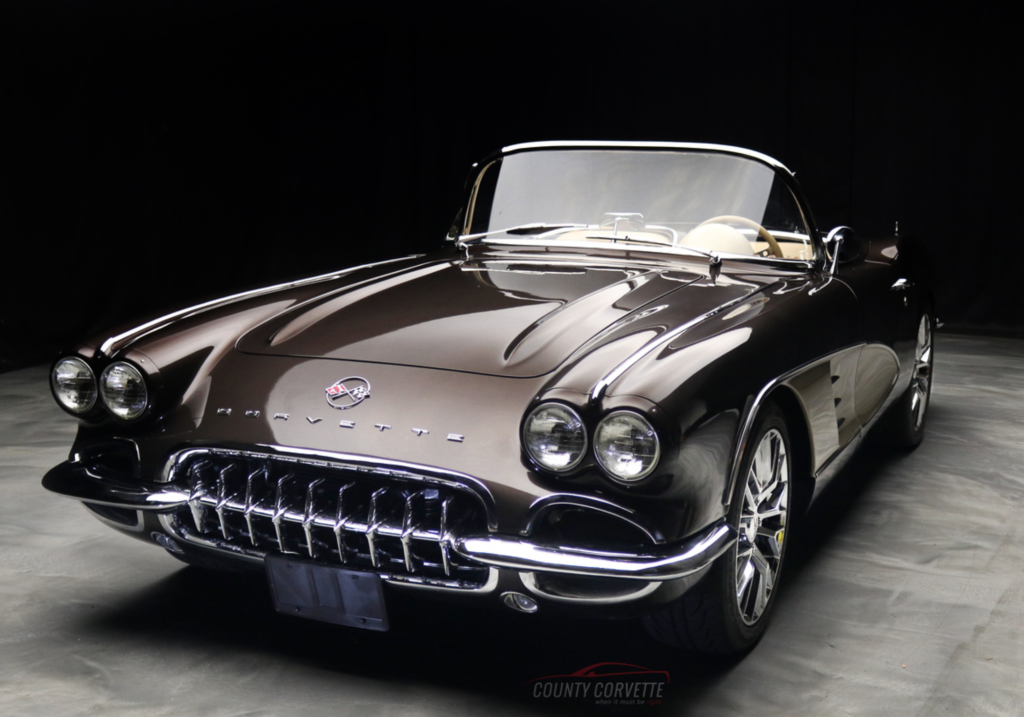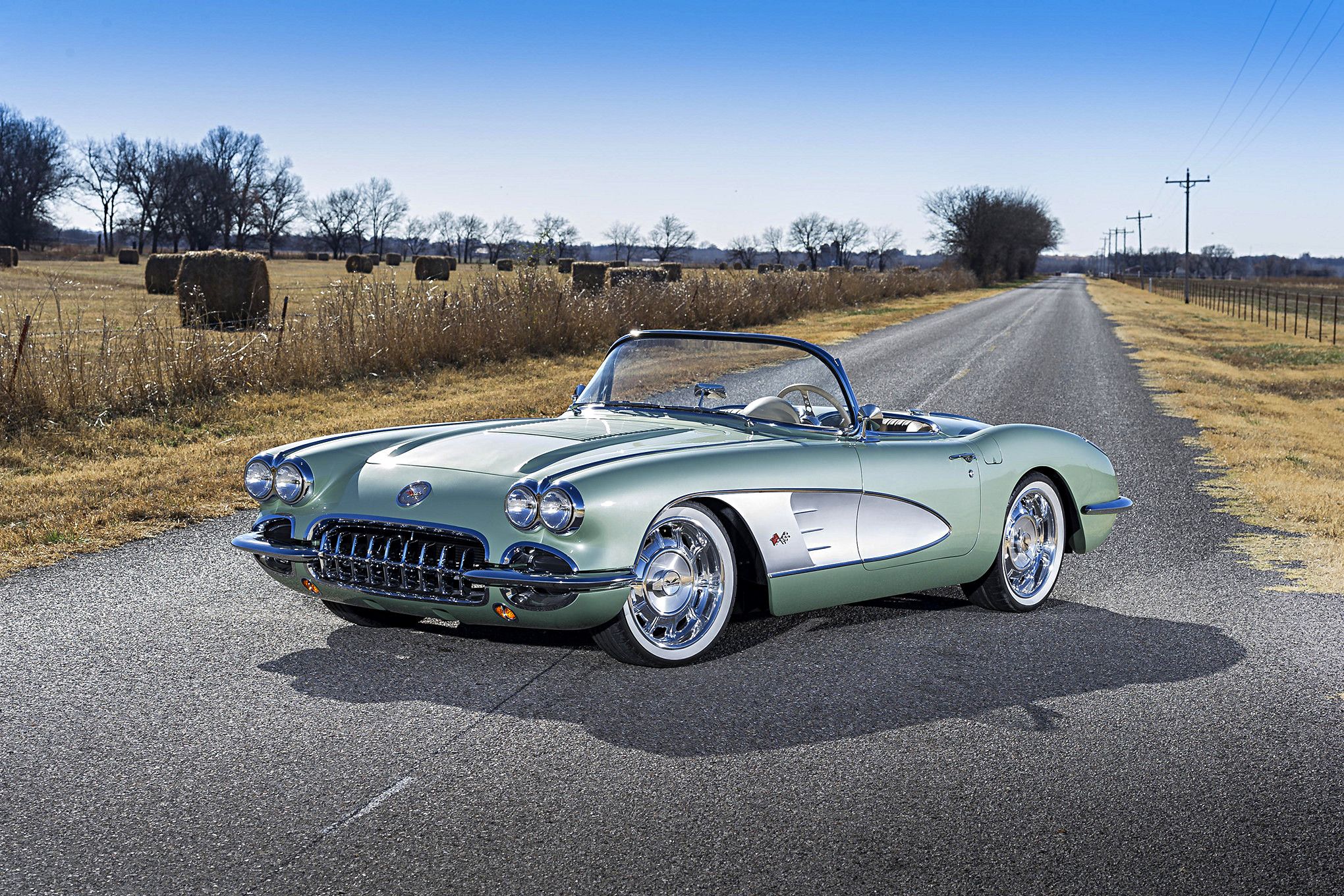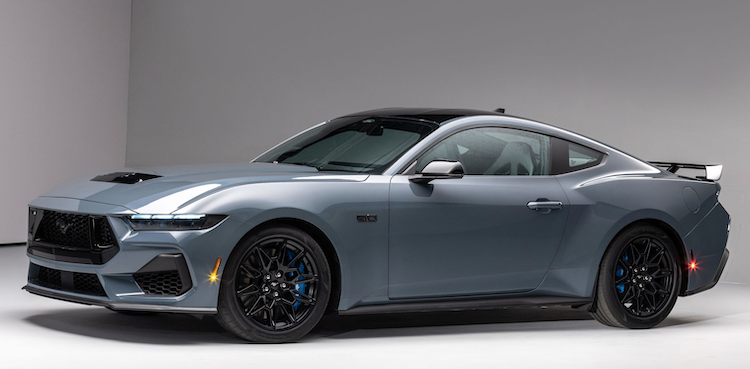Old people die. When old people die, they’re replaced by new old people. And the seasons they go round and round (and the painted pony cars go up and down). This “circle of life” is just as mission critical for the classic and sports car market as it is for the African savannah. It’s worked just fine for over 100 years and three generations. But what if the new old people don’t want old automobiles? Here’s a frightening fact . . .
A poll of 2,000 drivers revealed that while almost half of those aged 36 and above could confidently change a wheel at the side of the road, just 27 percent of 18 – 23-year-olds reckon they could do the same. More than a third of millennials also admitted they would struggle to confidently open a car bonnet [hood] while 34 per cent don’t know what power steering does.
independent.co.uk
The survey cited comes courtesy the UK TV show Flipping Bangers (below). The accompanying press release was quick to point out that “Even some of the simplest mechanical knowledge can turn an old and rusty banger into beautiful car.” Just like Gus and Will! Yes, well, if the survey questions were as carefully scripted as the series, we should take the results with a Lada salt.
Even so, it’s safe to say that the average American below 30 knows sweet FA about working on a car. At the risk of alienating readers who know that the internal combustion engine operates like a hooker servicing a John who prefers oral sex (suck, bang, blow), this automotive mechanical ignorance is a feature, not a bug. A triumph not a tragedy.
Lest we forget, back in the day, cars were crap. They were dirty, dangerous and doomed to die an early death. (Volvo owners snapped proof-of-life pictures when the odometer hit 100k.) Cars would overheat, lose vital fluids, misfire and/or seize-up without warning. Bits would fall off. Nails were out there (somewhere), but tires needed changing because tires sucked. Boomers and their automotive ancestors were their own idiot light and Johnny-on-the-spot mechanic for one simple reason: they had to be.

Enter the Toyota Corolla (1968) and Honda Accord (1976). The Big Three kept making crap, but the rising CAD-CAM, robot and microchip tide lifted all boats. By the time Gen X (b. 1965 – 1980) and Millenials (b. 1981 – 1996) got behind the wheel, cars were fast, clean, safe, reliable and robust. There’s nothing they needed to – or could – fix. While various subcultures (e.g., hot rodders, street racers and off-roaders) still require mechanical nous, the practical skills that enabled millions of farm boys to repair our unforgivable Sherman tanks have left the building.
Which brings us to the critical question facing the future of the classic and sports car market: will Gen X and Millennials want to own cars that require constant maintenance and repair? They’ll farm it out you say? Too bad the number of professional mechanics capable of working on analog cars is shrinking fast, as is parts availability.
Besides, why bother? None of these antiques have Apple CarPlay or Android Auto. I’m serious. The idea that a millennial would drive a car that doesn’t keep them connected to the internet for music, messages and social media is on the wrong side of inconceivable.
The counterargument: a classic or sports car is a toy. A hobby. The equivalent of Dumbo’s magic feather. A “look at me” possession that elevates its owner above the riff-raff. Not to put too fine a point on it, a cool old car is a good way to get laid.
Only that’s not how it works anymore. Online dating is how uglies get bumped. While a pic of a cool whip on InstaTok raises street cred amongst XY chromosome surfers, most women under 30 looking at old cars in the real world channel the ghost of Shania Twain. The electric car is rapidly becoming the ne plus ultra of the dating scene. Either that or a don’t drink and drive Uber.

Restomods provide all the style of an old car with interconnectivity and none of the hassle. The 1962 Corvette C1 restomod above is powered by an LS3 engine with all the other modcons (e.g., proper handling, braking, steering and Bluetooth). County Corvette is asking $220k. As is the way of these things, that’s less than it cost to build. But there are plenty of lesser-priced restomods of all kinds and descriptions, from old pickups to 50’s sedans. And that price equation – why buy a bastardization for the same price as “the real thing”? – will change as the demand for restomods increases.
And increase it will; I reckon the number of tech-enriched collectors who want to gas-up-and-go will skyrocket within the next ten years. Buyers who don’t give a damn about matching numbers authenticity and concours-quality restoration. They want something cool that doesn’t overheat or break down. Ever. And by God they will have it. Battery-powered restomods? Count on it. Yes, there will always be a market for rare and original cars. But restomods will eat up the lower end of the pre-loved classics market. Cranky B-list Ferrari or reliable refreshed classic? Restomods are The Next Big Thing.



I weep for the future. GenXers have trouble changing a tire or even checking fluids.
As I said the other day, give four discs and the originality of a C1 over the LS1 fitted, safer, more reliable, easier to drive model any day. But then again, I can pull an engine and rebuild it too.
I’m Jewish. I can write a book or do your taxes in a week. Fix a car? Not so much. So I’m that rare bird: a Boomer who’d prefer the restomodded C1.
to the moon!